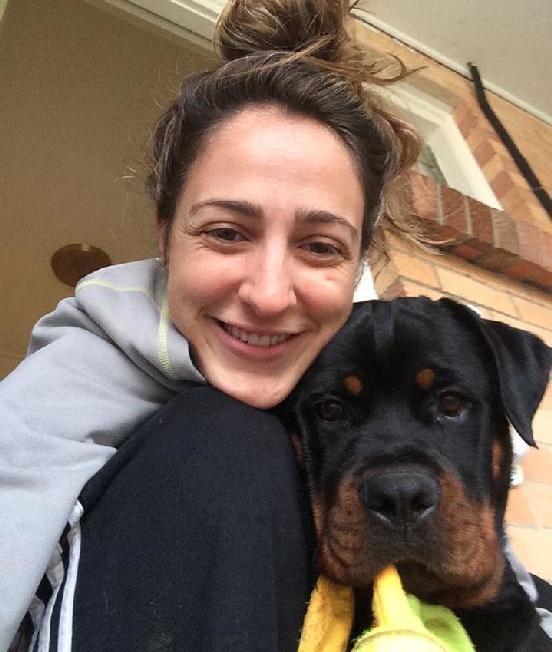f e l i n e
Quick Cat Behavior Tip: Nighttime Wakefulness The PPG Cat Committee addresses the common issue of felines who keep their guardians awake at night
C
ats keeping their people awake at night, whether by zooming around the house, chasing or playing with a toy, interacting with other cats in the home, or “talking”/vocal izing (usually loudly) will be a familiar concept to many a cat guardian, who may have suffered a dis turbed night more than once. Fortunately, there are a number of steps those of us who share our lives with cats can take to try to keep our kitties calmer at night and en sure they remain on a more “humanfriendly” schedule.
sensory deficits to have variable sleepwake cy cles. Many cats begin to encounter agerelated physical changes be tween 7 and 10 years of age. See your feline health practitioner to en sure your feline family member does not have an underlying medical issue. There are five main The cause(s) for a cat’s categories of wellness nighttime wakefulness testing for senior cats: must be determined and complete blood count addressed appropriately (CBC), biochemistry pro and effectively file, urinalysis, thyroid hormone testing, and © Can Stock Photo / vetdoctor blood pressure assess Cats are crepuscular, meaning they tend to be active at dawn and dusk when the animals they ment. Comprehensive prey upon are most active, an activity pattern that doesn’t always coincide with that of their testing is recommended guardians for senior cats due to the Important Reminders about the Behavior higher risk of underlying disease. These important medical profiles are recommended every six months for senior cats. Most cats enter their • Cats are crepuscular, which means they tend to be active at senior years at 8 to 10 years old. dawn and dusk when the animals they prey upon (e.g., ro dents and birds) are most active. This activity pattern often Management and Safety Information*: doesn’t coincide with the cat guardian’s schedule of leaving the house early, working all day, and returning in the evening • Avoid playing with your cat on your bed. to relax and unwind, and to sleep at night. • Make sure your cat’s litter boxes are clean and well lit (use • The cause(s) for a cat’s nighttime wakefulness must be deter nightlights if necessary). mined and addressed appropriately and effectively. Don’t just • Make sure your cat has access to fresh, clean water before ignore your cat without making an effort to discover what going to bed. Wet food or raw food tends to complete the needs he has that might not be getting met. hunteatgroomsleep cycle much more effectively than dry • Avoid all forms of discipline and punishment, as they can food alone, creating a more content kitty. make your cat fearful of you, can damage the bond you have • Locate water separately from your cat’s food, and keep both with your cat, and can also cause him to direct frustrationre food and water far from litter boxes. lated behaviors toward other animals or people in the home. • Make sure your cat has plenty of cozy and quiet sleeping Also, avoid closing the cat out of the bedroom, or in another places. Consider providing a heated cat bed or selfwarming room or separate area of the home, at night and/or using mat. other deterrents, as they can cause undue stress and lead to • Create a detailed spreadsheet of hourly behavior of both hu further behavior problems. Such methods also risk breaking mans and cat(s) in the home: down the bond between cats and their people. o Write down a 24hour timeline of what behavior is oc • Underlying medical issues can contribute to disrupted sleep curring when. For example, 6 a.m. cat pounces on patterns and cause cats to wake up and become restless at face/bites feet in the bed until around 8 a.m. Human night. For example, an increase in hunger or thirst, or the feeds cat at 8:15 a.m. Cat uses litter box at 8:30 a.m. need to urinate or defecate may be symptoms of many dis Human goes to work at 9 a.m.; comes home at 6:30 p.m. ease processes and can cause nighttime wakefulness. It is im (giant time gap unknown to human(s) while they were portant to rule out medical causes for your cat’s nighttime away). This helps to put into perspective why the cat is wakefulness, especially if it is a new behavior. so active at night. It is not natural for a species who, in • Also, consider that it is common for senior cats and cats with the wild, would be hunting 1820 times during dusk and 40
BARKS from the Guild/November 2020
















